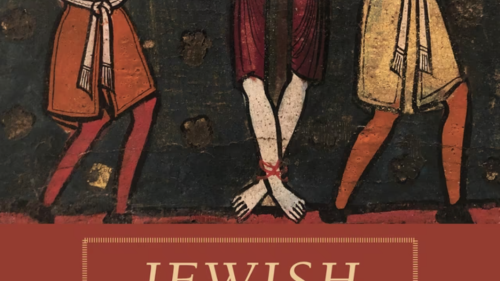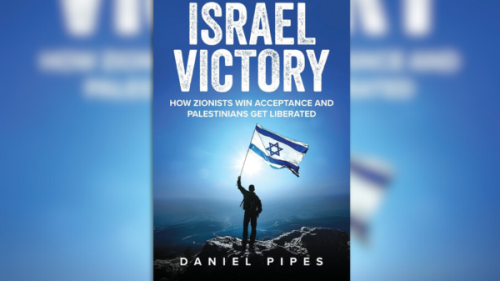Iran—a country of more than 80 million—is incredibly diverse, a patchwork of languages and cultures. In Everyday Iran, Cambridge University anthropologist de Waal focuses on life in the capital city of Fars province, Shiraz, and the Fars tribal hinterlands. Traveling to the province periodically between 2007 and 2012, she looks at villages and towns and describes individuals and families from different socioeconomic backgrounds, providing interesting color on how the controversial 2009 elections transpired in a province unseen by most journalists. Her narrative is refreshingly free-flowing and unencumbered by academic jargon.
Alas, aside from providing colorful anecdotes, Everyday Iran adds little to understanding the country or the considerable scholarship surrounding it. De Waal seems not to know Persian and consults none of the considerable Persian literature surrounding Fars province, such as Mirza Hasan Fasaʾi’s nineteenth century masterwork, the Farsnameh-ye Naseri. And while she lists anthropologist Lois Beck’s extensive work in the area in her bibliography, her effort fails to match Beck’s rigor or revise her understandings.
When it comes to U.S. policy toward Iran, de Waal is sloppy and too ready to embrace conspiracy. She posits that Washington’s “disproportionate focus” on Iran and U.S.-imposed sanctions, for example, are motivated by the “humiliation” of the 1979 hostage crisis—never mind Tehran’s unrepentant terrorism, its cheating on nuclear accords, and its threats to eradicate Israel. She blames the “Jewish lobby” for tightening the screws on Iran, seemingly unaware that the U.S. Senate, including members whose constituencies contain few Jews, voted on occasion 100-0 to increase sanctions. Nor does she remark on the multilateral nature of many of the restrictive measures. Too willing to take her interlocutors at their word, she attributes shortages of medicines to sanctions (they are exempted) even as she quotes Iranians who speak of seeing Lamborghinis on the streets.
Nor does de Waal have a good grasp of Iranian history. She equates the 1979 seizure of American hostages and the 1953 ouster of Iranian prime minister Mohammed Mosaddeq as moral equivalents and equal impediments to rapprochement but seems unaware that many in Iran, including the conservative clergy whose spiritual descendants lead Iran today, supported the leftist premier’s ouster.
The constraints of her experience also lead to questionable conclusions. She somehow blames sanctions and the threat of an Israeli air-strike for a rise in street crime. Yet even in the 1990s, Iranians themselves told cautionary tales of high street crime. And asserting that “body-building is big at the moment” in Iran is the equivalent of saying “ice-hockey is big at the moment” in Canada.
In essence, Everyday Iran is a glorified travelogue. Read as such, it can be entertaining. De Waal is certainly right that to understand Iran requires understanding the provinces as well as the capital. But if the goal is to really illuminate Iran, her work falls far short.




